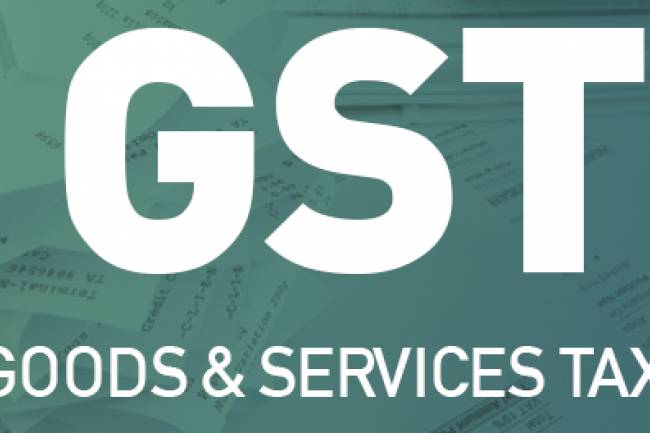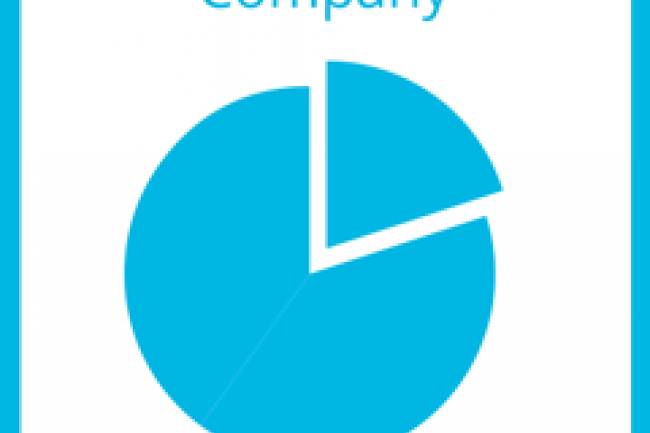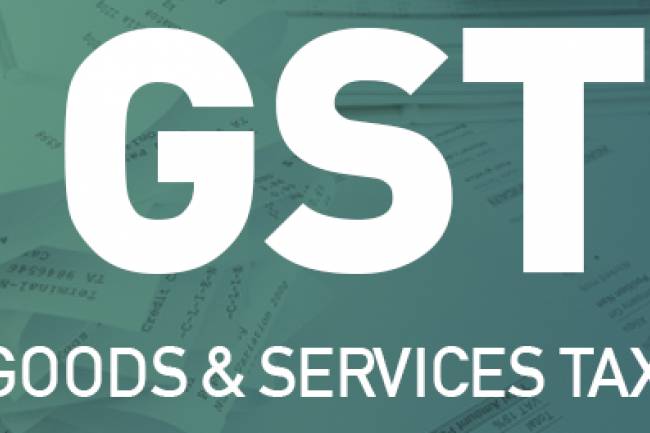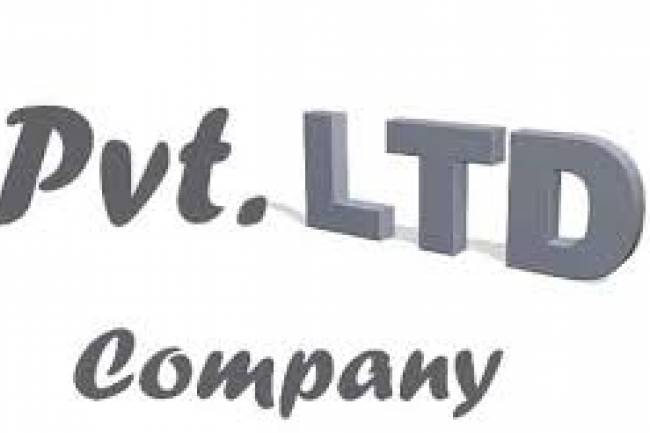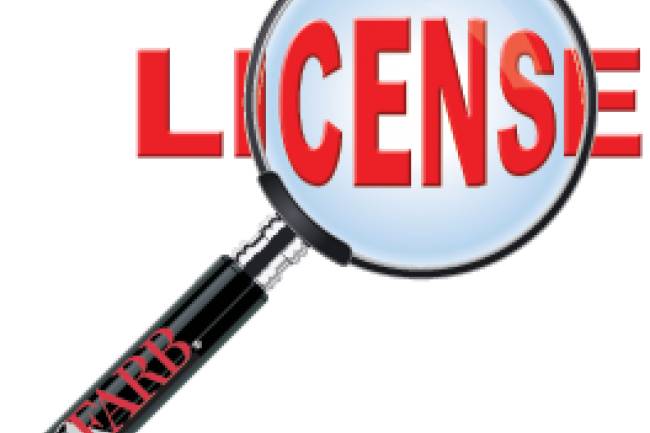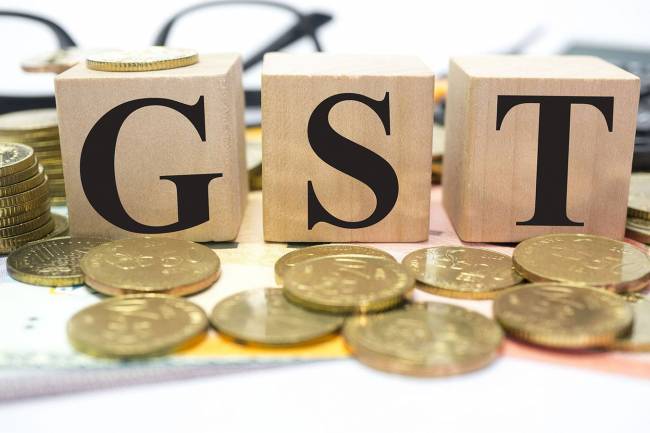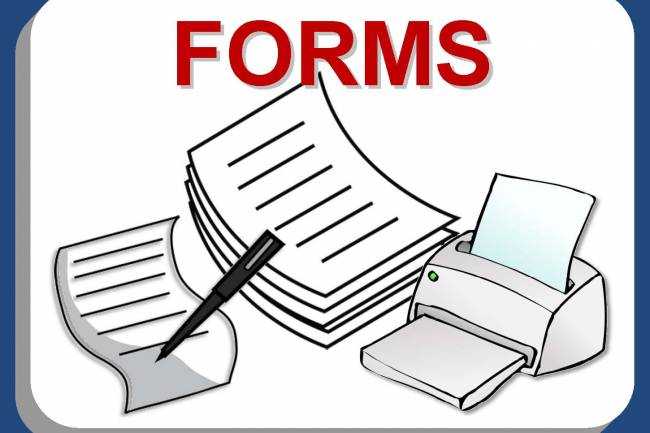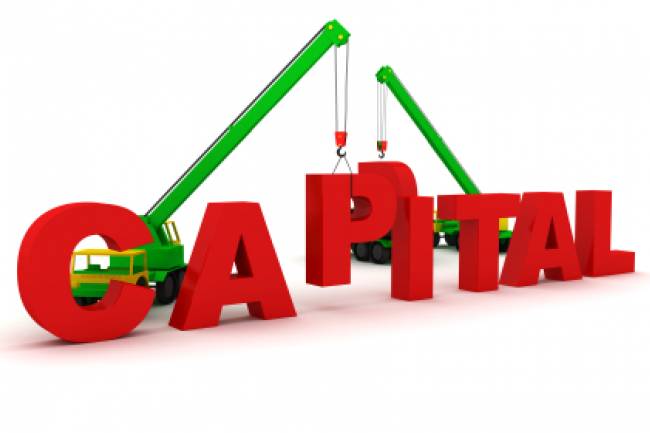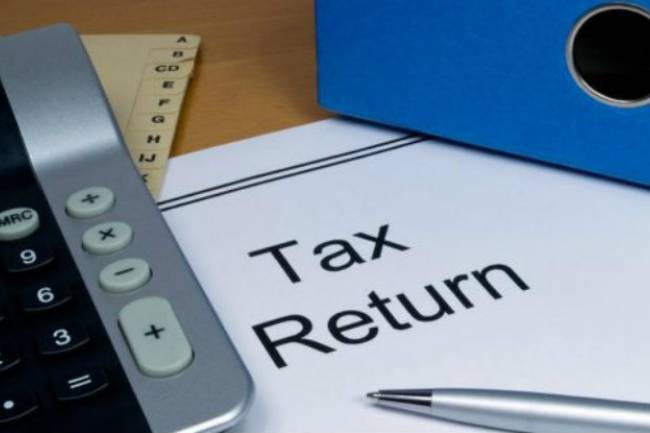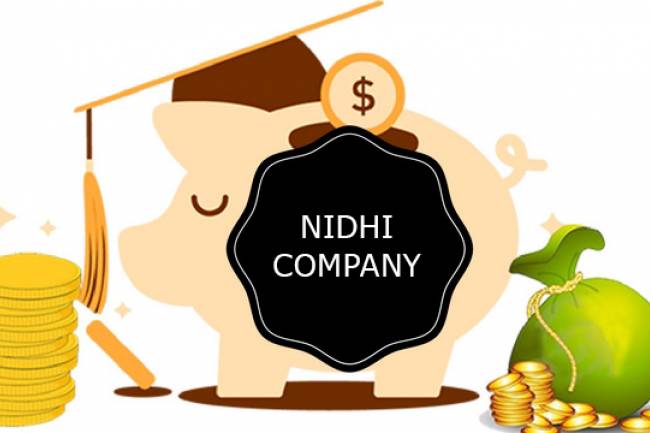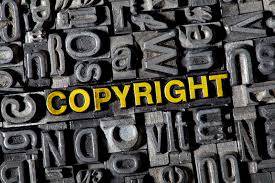
Copyright: Definitions & Registration Procedure
Taking a sign from the English Copyright Act of 1911, the main ever Copyright Act was authorized in 1914. Once the nation accomplished freedom, Copyright Act, 1957 was established and has seen changes being made to it six times, the last being in 2012.
What is a Copyright?
Characterized as the property right of a unique work possessed by an individual, a copyright is settled in a physical medium of articulation, accordingly empowering the holder to solely recreate, appropriate, perform, and show the copyrighted work.
The said work may incorporate anything under writing, music, craftsmanship, photography, silver screen/film or even a PC program, and so forth. Dissimilar to a trademark, copyright simply has a solitary image i.e. ©. The image can be put on the first bit of work that has been made.
Who Can Register a Copyright?
The maker of the work, and the individual who has acquired rights to the first work can enroll for the copyright.
It'll be called 'work made for contract', if the said piece was made amid the season of the business. In such a case, the representative isn't considered as the creator or maker of the work. That title goes to the business.
In the event that a work has been made by two individuals, at that point they get co-responsibility for copyright, unless the general population concerned need it generally
There is no age bar on getting a copyright. A minor can enlist one as well.
In the event that we needed to limit it down to three essential arrangements of individuals who can apply for a copyright, they would be:
a. The maker of the work
b. Any individual guaranteeing to have acquired the possession rights from the maker of the first work
c. A specialist who has been approved to follow up for the benefit of the previously mentioned individuals
What Does a Copyright Protect?
It is a type of licensed innovation law, which secures unique works under writing, music, craftsmanship, photography, silver screen/film or even a PC program. The copyright secures a large portion of the works that are accessible in unmistakable frame, including verses to a tune, tunes, pictures, designs, form, bit of engineering, sound accounts, dramatization, arranged works, spoofs, marks. All these must be seen in more profundity to get multifaceted subtle elements.
What isn't Protected by Copyright?
There are different classes of work that don't possess all the necessary qualities for a copyright:
Those bits of work that can't be settled in an unmistakable articulation, as unrecorded works, exhibitions of the improvisational kind, or some other discourse/execution that has not been composed or recorded. Works including titles, names, short expressions, and mottos; images or outlines that know about others; fundamental typographic luxury, lettering, utilization of shading procedures, arrangements of fixings or substance. Thoughts, frameworks, strategies forms as recognized from the said portrayal, clarification or an outline. At long last, statistical data points that are bland property can't be enrolled for a copyright. These may incorporate, standard date-books, graphs of tallness/weight, data from open records, and so forth.
What are the Rights of the Copyright Owner?
The copyright gives finish and selective rights to the proprietor of the work:
The proprietor can recreate the work or potentially approve another person to do it
Any subsidiary work that originates from the first work is done by the proprietor of the copyright or the approved individual
The proprietor can likewise disperse duplicates of his/her work to the general population in any frame i.e. offer of exchange of proprietorship, lease the work, rent the work, and so forth.
Any of the copyrighted work can be performed and shown promptly out in the open. What's more, the rights hold over all stages, be it writing, music, dramatization, movement, silver screen, films, varying media works.
Ventures for Copyright Registration
Stage 1: Filing the Application
Alongside the essential charge, an application should be submitted either in DD/IPO. When this application is documented, a journal number is created and issued to the candidate.
Stage 2: Examination
There is a base sit tight of 30 days for recording and examining any protests that may come up against the copyright application
a. In the event of no Objection:
The application proceeds for examination by an inspector. This examination offers ascend to two alternatives:
1. In the event of error found amid examination:
A letter of error is sent to the candidate letter is created and sent to the candidate.
In light of the answer from the candidate, the recorder leads a knowing about the charged inconsistency push
Once the disparities are arranged amid the hearing, the concentrates of the same are sent to the candidate for him/her to enroll the copyright
2. If there should be an occurrence of zero inconsistency:
This would imply that the copyright application satisfies all foundation required for the copyright. The candidate is then given the gesture to proceed with the enrollment of the same.
(On the off chance that the enrollment isn't affirmed, at that point the candidate got a letter of dismissal)
b. If there should arise an occurrence of a complaint documented:
While we recorded over the situations of 'no complaints', on the off chance that one is looked with a protest, the accompanying procedures occur:
Experts convey letters to the two concerned gatherings, attempting to persuade them to reclaim the protest
After essential answers from the outsider, the enlistment center directs a hearing
Contingent upon whether the recorder acknowledges the answer, the methodology comes to fruition
1. In the event that the application is acknowledged:
The application being acknowledged implies that the protest has been rejected. The application proceeds for investigation by an inspector. This examination offers ascend to two alternatives:
2. If there should be an occurrence of inconsistency found amid investigation:
A letter of error is sent to the candidate letter is produced and sent to the candidate.
In light of the answer from the candidate, the enlistment center directs a becoming aware of the affirmed inconsistency push
Once the inconsistencies are arranged amid the hearing, the concentrates of the same are sent to the candidate for him/her to enroll the copyright.
c. If there should arise an occurrence of zero disparity:
This would imply that the copyright application satisfies all rule required for the copyright. The candidate is then given the gesture to proceed with the enrollment of the same. (In the event that the enrollment isn't endorsed, at that point the candidate got a letter of dismissal)
d. In the event that application is rejected:
In the event that this happens, at that point the candidate gets a dismissal letter that denotes the finish of the copyright strategy
Stage 3: Registration
As can be seen from the previously mentioned advances, the enlistment exclusively relies upon the recorder. When everything is cleared from the enlistment center's end, the candidate got the copyright and can legitimately practice all rights that accompany the proprietor of that copyright.
Visit HireCA.com Now

